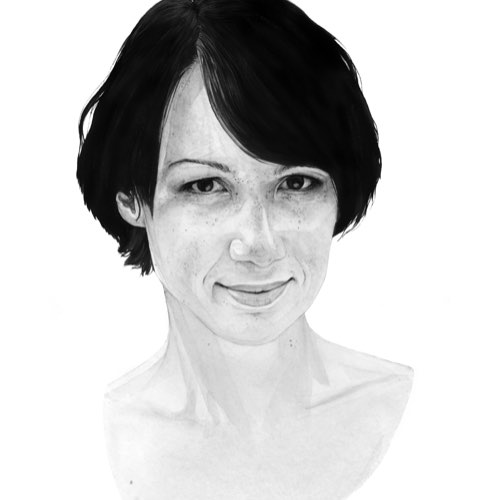Every year, I make a list of New Year’s Resolutions. I’ve kept each year’s list and recently had a look at how well I’d done over time in my attempts to change my behaviour. Generally, it seems I’m over ambitious, particularly in the number of academic articles I say I’ll write and submit.
I recently discovered that this is a problem I share with many social psychologists. A delightful article published in October 2018 called The MTurkification Of Social And Personality Psychology describes the ebb and flow of popularity of certain fields of study within my area of social psychology.
In the paper, Dr Craig Anderson and his team looked at group dynamics – how people interact within a group – and wondered why this formerly popular area of research was no longer part of the conversation. They landed on two reasons.
First, reward. Let’s consider a job. You win a job when you impress an interviewer. But for the last 20 or so years, you’ve had to be a particular kind of impressive – one that’s different from the kind of impressive that was rewarded for the first 100 or so years of the field. Long ago, you could get a great job even if you only published one article every couple of years. The rest of your time was spent doing research.
Read more from Aleks Krotoski:
- Just be curious: why citizen science is the future
- The perils of unequal internet access
- Let’s stop ripping people apart for making careless mistakes in the online world
Nowadays, you have to publish five articles per year to even be considered for a job. But the researchers argued that group dynamic studies are psychologist-heavy: lots of slow studies, extended research periods, on-site involvement, heavy investment. There’s no time to write. Therefore, no reward.
The second reason is that more and more psychologists are going online to find their participants, and this is affecting the kind of research they can do. I remember when I was doing my own research that the virtual environment was a brave new world for group dynamics researchers like me: millions of people from everywhere milling around together being, well, dynamic. What a Petri dish! Quick! To the research stations!

But once you build your study, how do you get the people to come? In the past, researchers recruited students in Psychology 101 classes. Now, the easiest way to get participants is to exploit the ready and willing gathering of people who will do something for a tiny amount of cash: the Amazon Mechanical Turk.
According to the MTurkification study, more than one-third of participants in published research studies are recruited from Mechanical Turk – effectively crowding out the pool of college student participants. But the thing is, you can’t test for group dynamics using Mechanical Turk. You can only ask people to do simple surveys or respond to simple tasks. In other words, you cannot do group dynamics research this way.
And so, it’s not that people aren’t interested in learning about the stuff that group dynamics researchers study; it’s that the requirements of participation are excluding the group dynamics studies. What else is being excluded because of these kinds of small yet systematic changes in our society? Let’s make it a New Year’s Resolution to find out.
